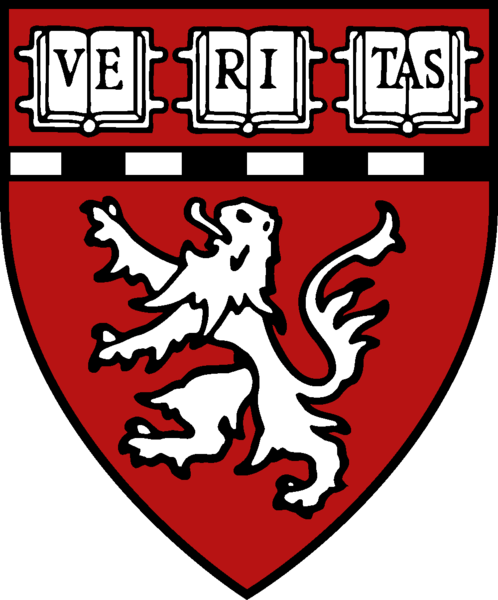


Chapter 10: Ultrafast decoding from cells in the macaque monkey
Chou Hung and James DiCarlo
In a glance, a fraction of a second,
our minds capture the visual scene. We
distinguish life from the inanimate, faces from background, the familiar and
the unfamiliar. The seeming ease of
visual recognition belies the difficult of reading out the underlying neural
code, much less the reconstruction of its mechanism in silico. The computational difficulty of visual
recognition is the combination of selectivity for specific objects and
invariance across changes in viewing conditions. Both properties have been shown to a limited
extent for single neurons in the macaque anterior inferior temporal (AIT)
cortex at the end of the ventral visual pathway. An ongoing challenge is determining whether
and how the activity of a population of such neurons is sufficient to encode
object category and identity. We
recently showed, based on independent recordings from several hundred recording
sites, that the brief (~12 msec) activity of a small population of AIT neurons
is indeed sufficient to support recognition across changes in object size and
position. Remarkably, the combination of
selectivity and tolerance also exists for novel objects. This chapter will review the motivations and
outcomes of that study and discuss recent work and major issues in developing
effective read-out from IT cortex.
Keywords: classifier, inferotemporal
cortex, single-unit recording, local field potentials, object recognition